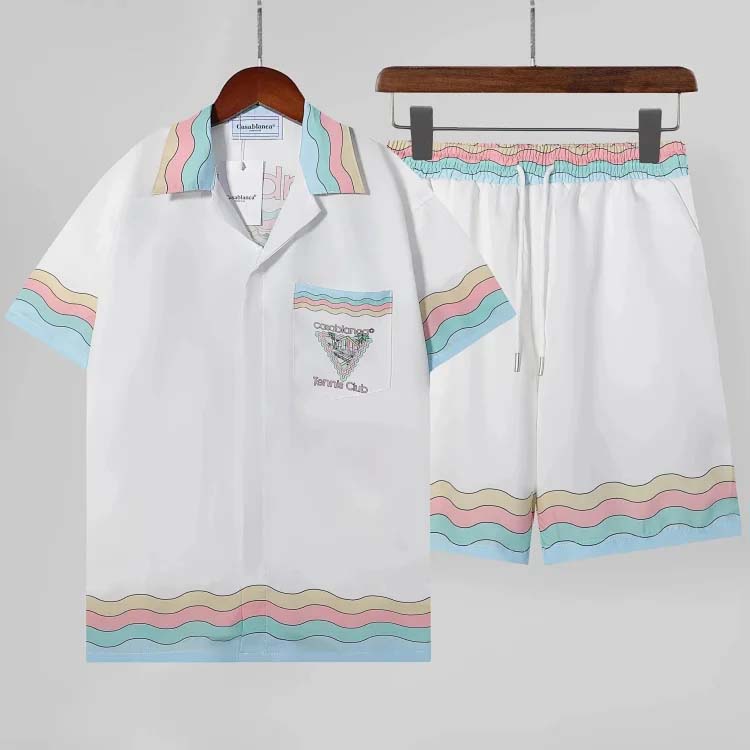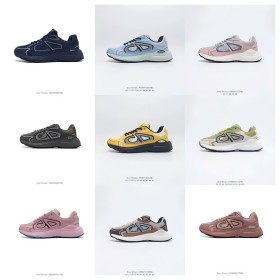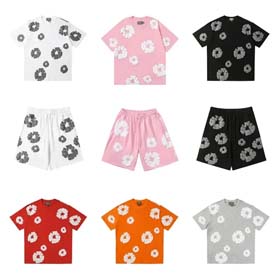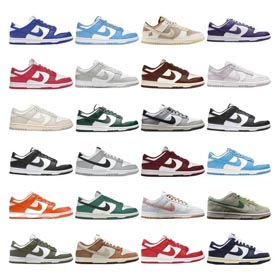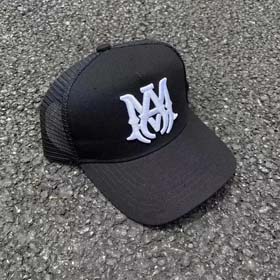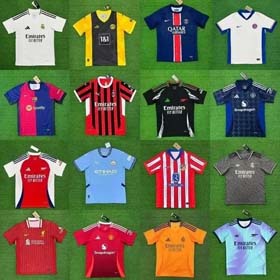Home >
The Status and Influence of Chanel Fashion Shows in the Fashion Industry
The Status and Influence of Chanel Fashion Shows in the Fashion Industry
2025-04-24
In the ever - evolving world of fashion, few names command as much reverence and influence as Chanel. For over a century, the brand has not only shaped the contours of style but also redefined the very essence of what a fashion show can be. Chanel fashion shows are not merely presentations of clothing; they are immersive theatrical experiences that blend art, culture, and innovation, setting benchmarks for the industry and leaving an indelible mark on global fashion consciousness.
A Legacy of Innovation and Elegance
Founded by Coco Chanel in 1910, the house of Chanel has always been synonymous with timeless elegance and revolutionary design. From the iconic little black dress to the quilted handbag and the tweed suit, Chanel's creations have become staples of modern wardrobes. However, it was Karl Lagerfeld, who took the helm in 1983, that elevated the brand's fashion shows to legendary status. Lagerfeld transformed each show into a spectacle, turning the runway into a stage for storytelling. Whether recreating a Parisian boulevard, a supermarket, or a starry galaxy, he used the show space to amplify the collection's narrative, making every presentation a must - see event.
Chanel's commitment to craftsmanship is evident in every stitch and detail of its designs. The brand's ateliers, with their master artisans, painstakingly create garments that are both beautiful and meticulously constructed. This dedication to quality is reflected in the fashion shows, where models glide down the runway in outfits that exude sophistication and precision. The shows serve as a testament to the brand's heritage, while also pushing the boundaries of creativity.
Cultural and Industry Influence
Chanel fashion shows are more than just showcases for new collections; they are cultural touchstones. They attract an audience of celebrities, influencers, and fashion enthusiasts from around the world, who gather to witness the latest trends and insights from the brand. The shows generate enormous media coverage, with images and videos spreading rapidly across social media platforms. This widespread exposure not only boosts the brand's visibility but also influences fashion trends globally. Designers, both within and outside the luxury sector, often look to Chanel for inspiration, incorporating elements of its style into their own work.
In addition to shaping consumer trends, Chanel has a profound impact on the business of fashion. The brand's shows set the standard for high - end production values, with elaborate sets, cutting - edge lighting, and innovative choreography. Other luxury houses have followed suit, investing more in the theatricality of their presentations to create memorable experiences for their audiences. Furthermore, Chanel's ability to balance tradition and modernity has made it a role model for brands looking to stay relevant in a rapidly changing market. By respecting its heritage while embracing new technologies and ideas, Chanel demonstrates how a legacy brand can remain vital and influential.
A Platform for Social and Political Commentary
Over the years, Chanel has used its fashion shows as a platform to address social and political issues. Lagerfeld, during his tenure, was not afraid to make statements through his designs and show concepts. For example, he created collections that commented on consumerism, environmentalism, and gender roles. These shows sparked conversations and encouraged the fashion industry to think about its role in society. Under the new creative director, Virginie Viard, the brand continues to use its shows to convey messages, albeit in a more subtle manner. Viard's shows focus on the beauty of simplicity and the power of femininity, celebrating the Chanel woman as strong, independent, and elegant.
Chanel's influence extends beyond the fashion world. The brand's aesthetic has inspired artists, filmmakers, and designers in other disciplines. Its iconic motifs, such as the interlocking Cs and the camellia flower, have become symbols of luxury and sophistication, appearing in everything from advertising campaigns to interior design. Chanel fashion shows, with their blend of art and commerce, have also influenced the way we think about events and experiences in general, showing that even commercial presentations can be works of art.
Conclusion
Chanel fashion shows are a cornerstone of the fashion industry, representing the pinnacle of creativity, craftsmanship, and cultural influence. They are a celebration of the brand's rich heritage and its ongoing commitment to innovation. From setting trends to sparking conversations, Chanel continues to lead the way, proving that a fashion show can be much more than a display of clothes – it can be a powerful force for inspiration and change. As the brand looks to the future, there is no doubt that its fashion shows will continue to captivate and inspire, shaping the direction of fashion for years to come.
For more information on fashion and luxury products, you can visit https://cnfans.show/, a platform that offers a wide range of high - quality items at competitive prices. Whether you are looking for the latest fashion trends or classic luxury pieces, this platform has something to offer for every fashion enthusiast.


